Russian authorities are promoting an illustrated guide to taking “safe selfies” on Tuesday that warns citizens not to hurt or kill themselves while trying to snap a self-portrait. Rough translations seem to suggest that the Russian Interior Ministry’s guide says “likes” on social media are not worth risking your life. Illustrations warn stick figures not to take them with tigers, while holding a gun, balancing on the roof of a building or standing in the middle of railroad tracks.
According to the Associated Press, “These are some of the ways that police say at least 10 Russians have been killed and 100 injured while taking selfies this year.”
Read next: 8 of the Absolute Worst Times to Take a Selfie
See The 10 Best Space Selfies Ever Taken

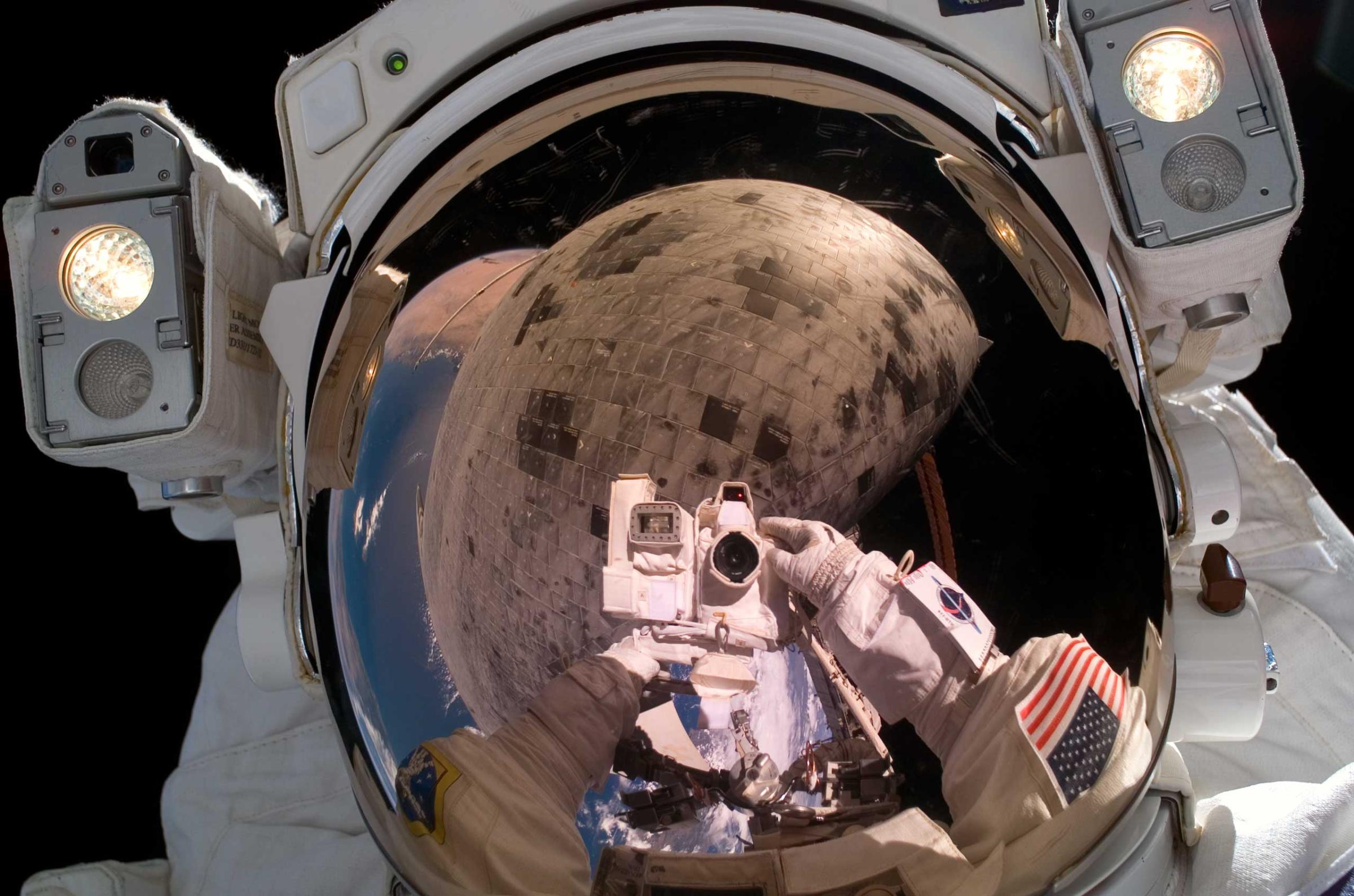
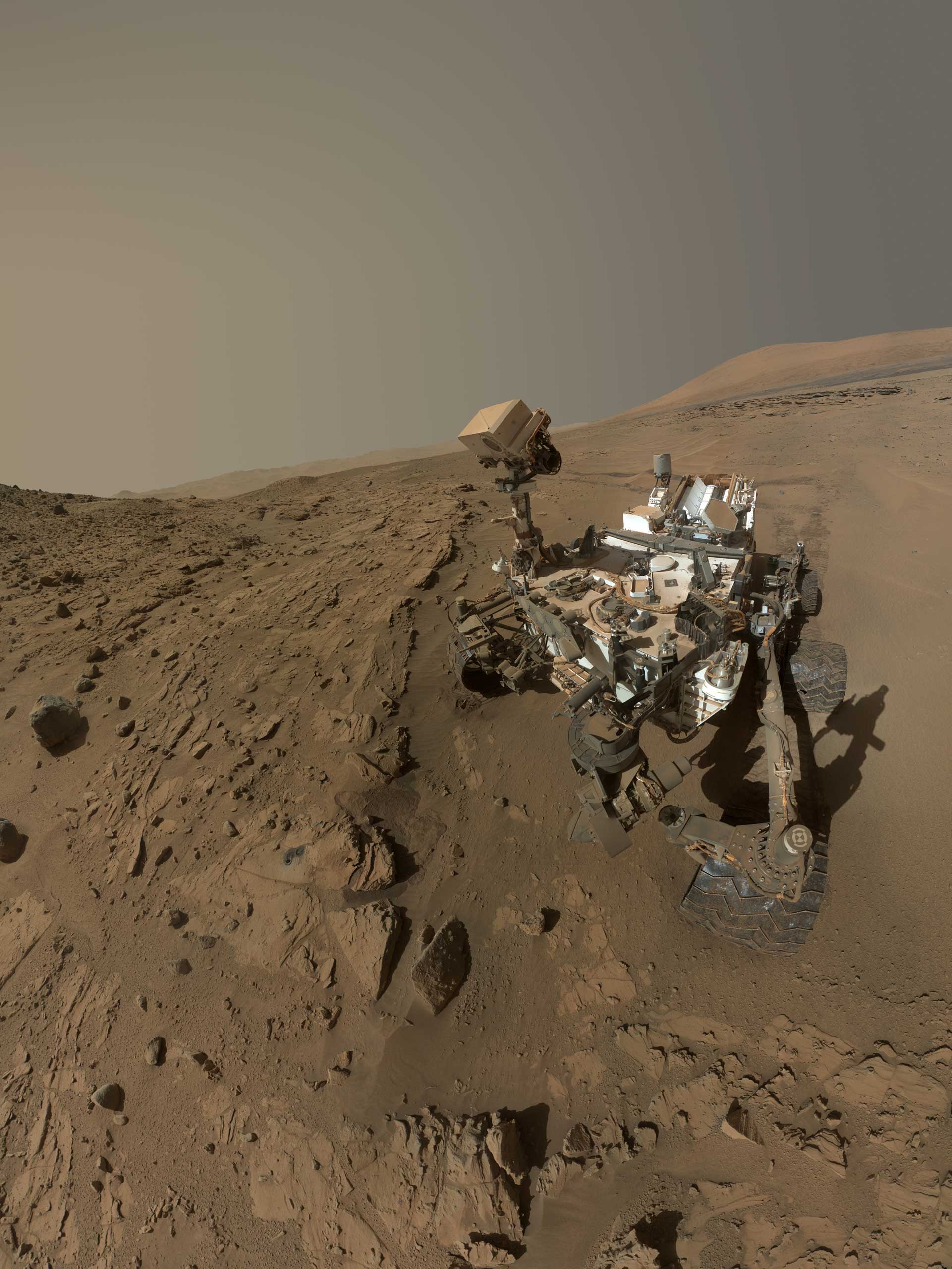
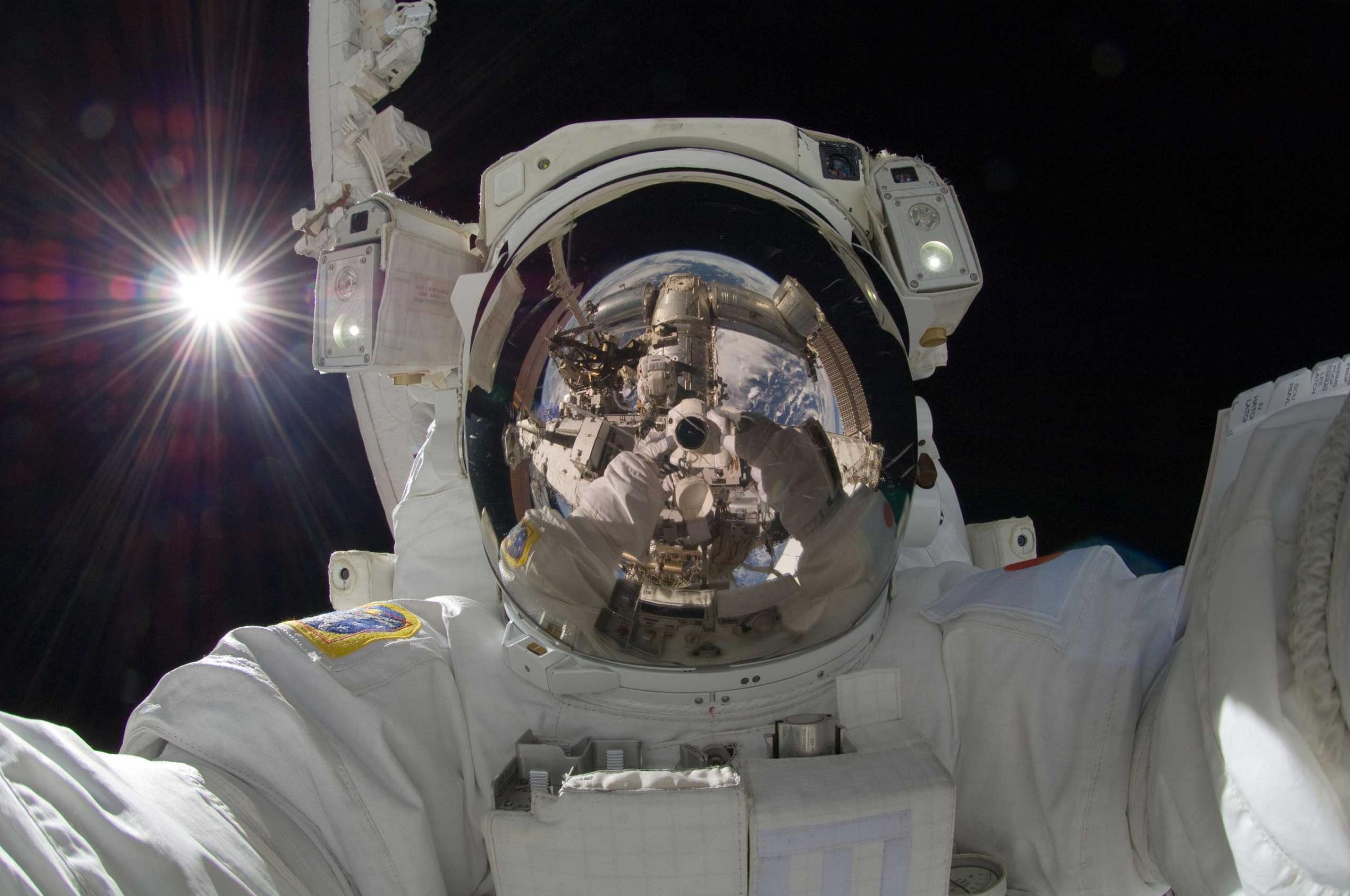




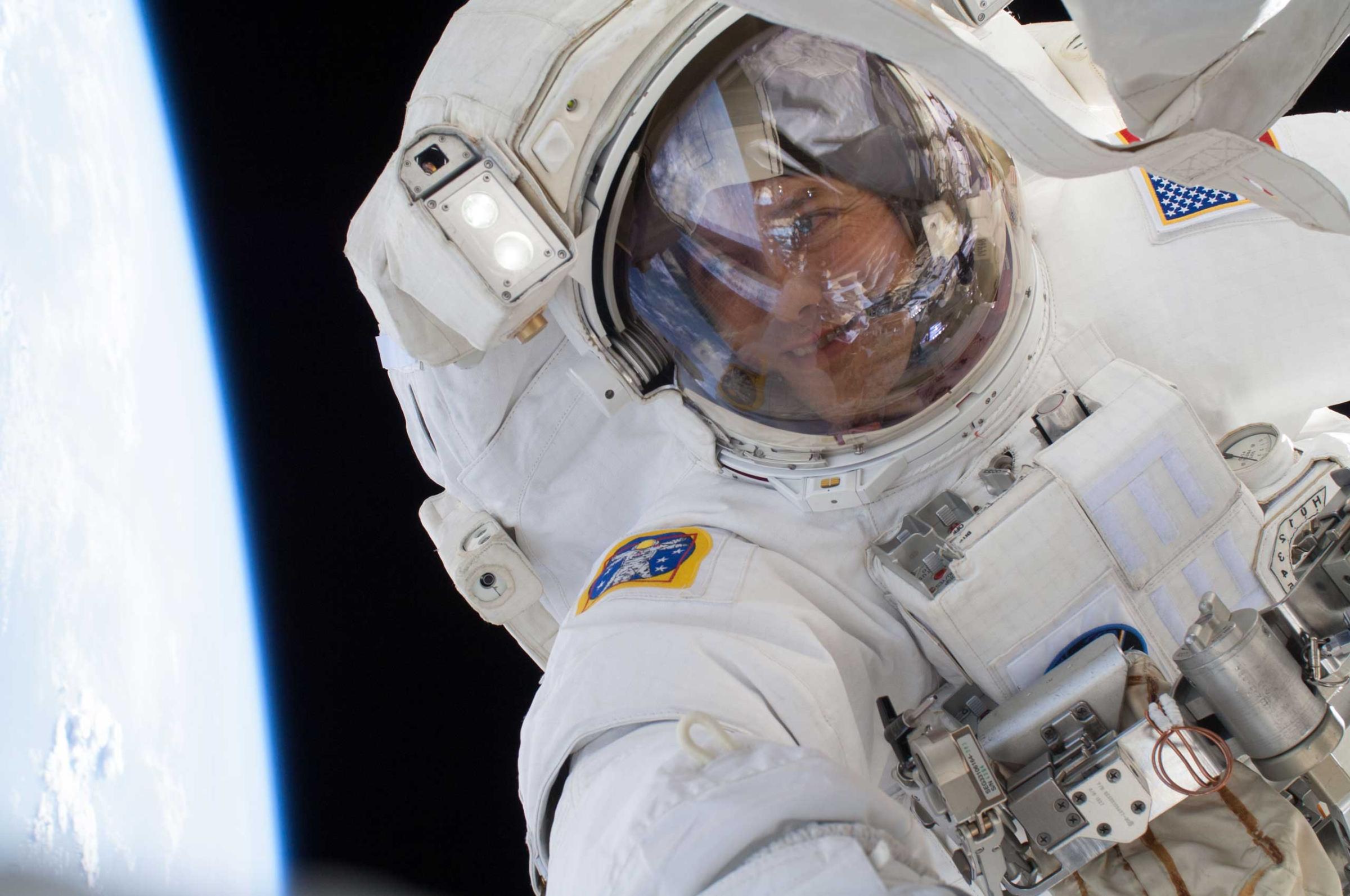
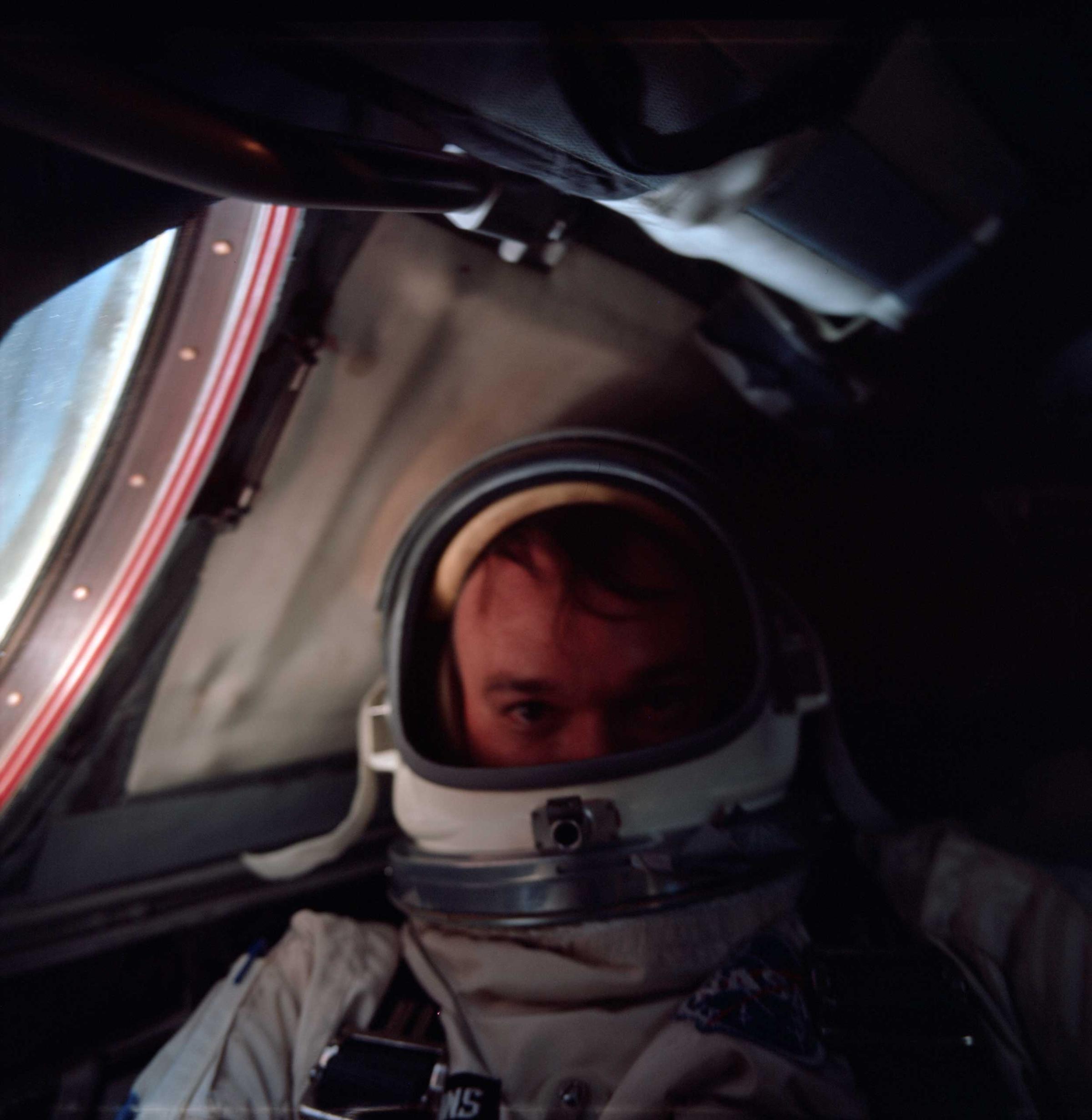
More Must-Reads From TIME
- The 100 Most Influential People of 2024
- The Revolution of Yulia Navalnaya
- 6 Compliments That Land Every Time
- What's the Deal With the Bitcoin Halving?
- If You're Dating Right Now , You're Brave: Column
- The AI That Could Heal a Divided Internet
- Fallout Is a Brilliant Model for the Future of Video Game Adaptations
- Want Weekly Recs on What to Watch, Read, and More? Sign Up for Worth Your Time
Write to Olivia B. Waxman at olivia.waxman@time.com